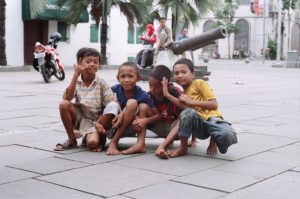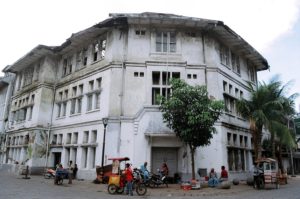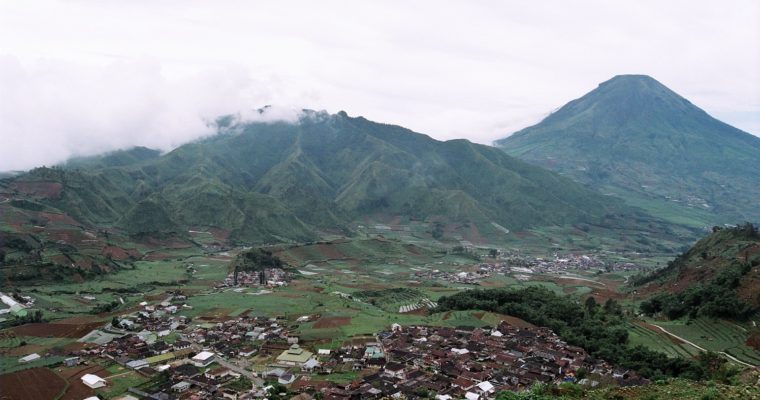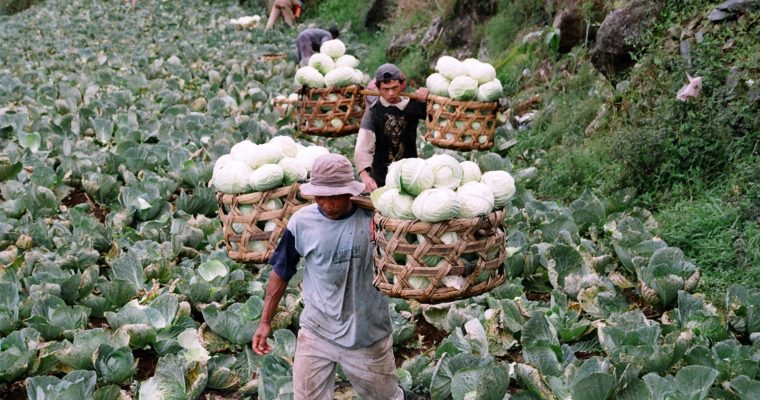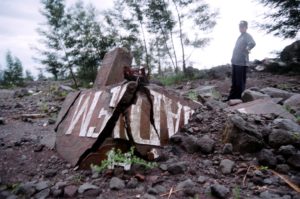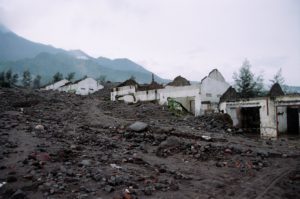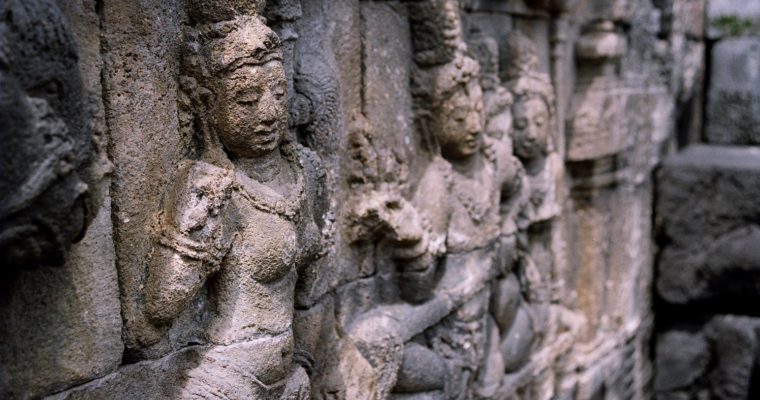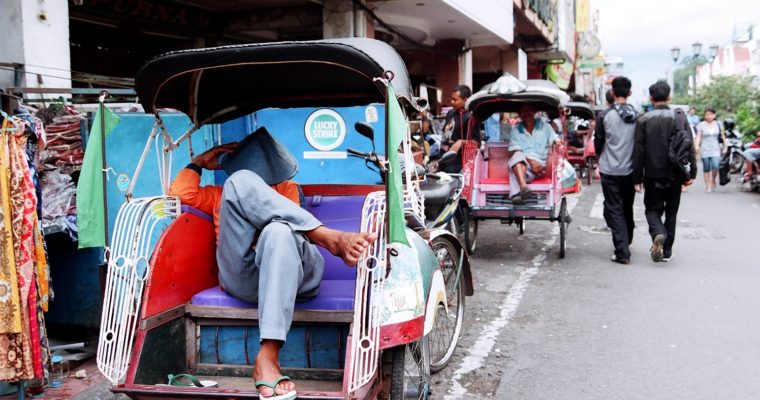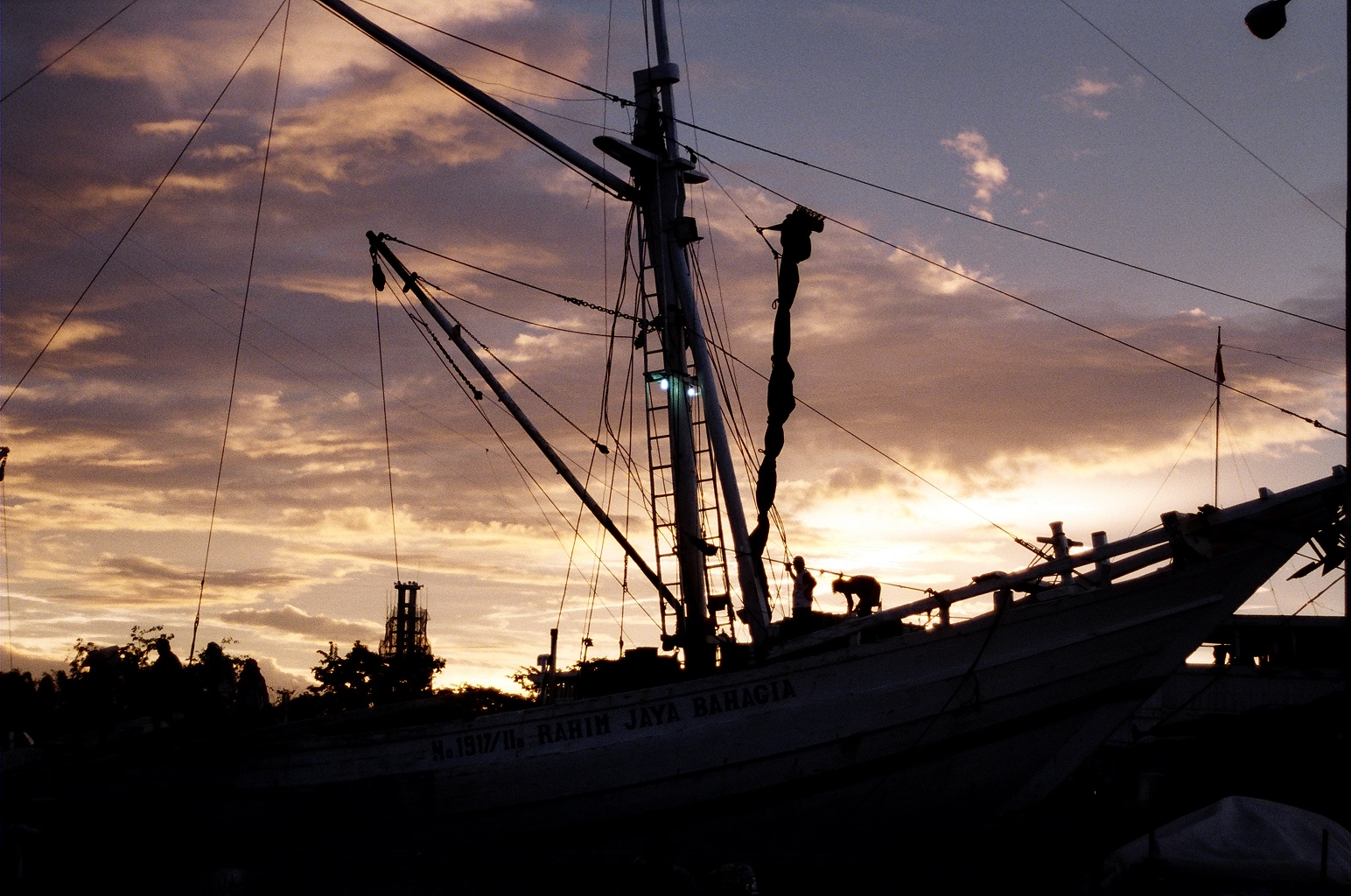Jakarta greeted us with that distinctive character of Southeast Asia, a dampened air mixed with the exhaust of diesel, a metropolis set in the tropical. Tee and Add came with their driver and we decided to go to Kota Dua first.
We saw a lot of local life on our way. We passed by a slum in relatively light traffic, which was supposed to be unusual, due to the holiday when everyone was out of town. There were houses made of metal sheets all dotting along the way. The face of poverty displayed itself, with little to mask its exceptional contrast to the bustle of the metropolis still set in the background.
We first visited the Cobberstone Square, the Taman Fatahillah. To my surprise, many Indonesians were hanging out: young and old, men and women, Muslim and not. Kids were playing and youngster were skateboarding. It certainly was not a tourist spot, but rather a gathering place for the locals. That was our first course in Indonesia.
Kota Dua used to be a treasured settlement area for the Dutch. Colonial style houses used to stand tall along the river in the area’s heyday. Much has degenerated into disrepair now, however, and decrepit houses were seen everywhere, as if history has left it behind in cruel abandonment, tragically forgotten. Seeing one house after another in a sorry state of semi-collapse, one is hard-pressed to imagine even a glimmer of the glamor that it once was capable of. Yet this scene instilled an unusual beauty, of an era bygone, like a queen losing her teeth and standing alone in self-pity. Children dressed in torn clothes ran in the streets, and Kota Dua, meaning old city, breathed, ever so steadily, the erosive power of time.
Before we visited the pier, we found a Pendang restaurant at a street corner and had a hearty lunch. We were served many small plates. The cost was to be calculated according to what we actually picked out from the plates. The curry was fantastic and I even had fried chicken despite the bird flu scare that so often plagued in Asia.
We drove over to the pier. The Lonely Planet called it “not worth the picture” but the ships there could be “photogenic.” It was about sunset and Add attended the mosque to pray. There was much activity at the dock, as many goods were being loaded. Like Kota, the pier appeared to be in disrepair and some work was being done for restoration. The sight revealed the menial side of Indonesia, and it impressed greatly upon me, for it was real and honest with no pretension. Staring at the silhouettes of old cargo ships against the setting sun, I wondered what it was that lies at the heart of Indonesia. Could it be religion, politics, history, the economy, or maybe even food?
We heard the chant of Arabic prayers humming through the dusk. I was unmistakably placed in a Southeast Asian, Muslim time and place. In an evening breeze we strolled back to the car and drove through Jakarta to go home.
Tee’s home was big and furnished with crafts and souvenirs of the world. Her mother offered a homemade Indonesian dinner for which we were thankful. After a cold shower we chatted in Tee’s room, until one moment our conversation dropped in silence. Jogja was the plan for the next day.
